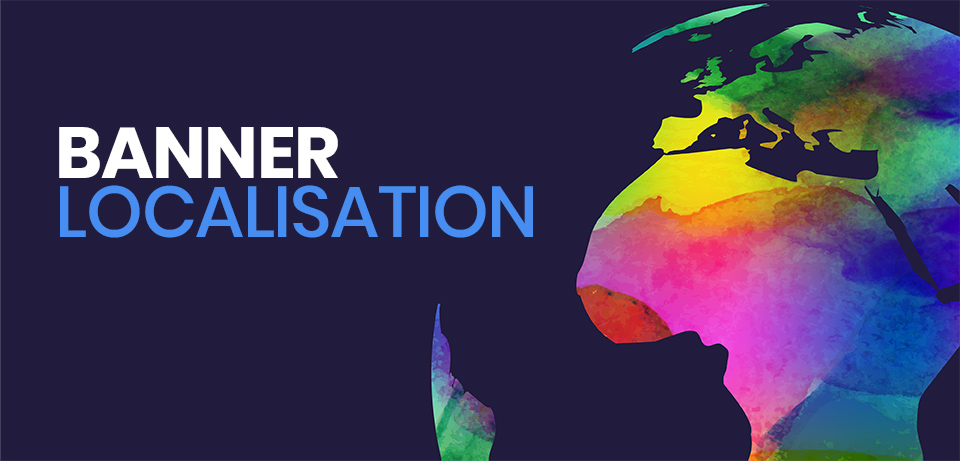Banner localisation

Banner localisation projects are perfect for engaging different members of the Xigen team as they involve both translation and design. There are different stages within such projects and we have the combined experience to ensure each one is carried out to the highest standards.
Text Translation
The purpose of banner ads is to catch the eye of a web user, often a visitor on a site that in some way relates to the business proposition of the ad, and entice them to click through to the other website.
That means banners can help drive traffic to the websites of businesses who invest in them. For this reason, they are not usually very text-heavy but rather use a short amount of copy to attract the interest of the potential customer, known as a marketing ‘hook’, something along the lines of ‘SAVE MONEY FAST’.
The hook could be accompanied but a subline, or indeed multiple sublines if it’s an animated banner, as well as a Call To Action, e.g. ‘Join Now’, which may be displayed in the form of a button.
The sort of copy described above lends itself well to transcreation—creative translation—in which the message and tone of the original must be conveyed in the target text, i.e. moving away from a literal/word-for-word translation.
When carrying out transcreation, a linguist will think about the reaction that the original ad has on its viewer in terms of their feeling towards to the brand, and attempt to replicate this in the translated text. That may mean they have to include humour through the use of a pun/play on words, informal language aimed at endearing the brand to its audience, or other such linguistic devices.
As always, we seek out the most appropriate suppliers for the job, normally selecting those with sound transcreation experience or a background in marketing.
Banner Standards
The preparation of the banners may take place at the same time as the translation process so that the translated copy can just be flowed in when ready.
Banners come in a variety of different sizes, and some of the most popular include the wide skyscraper (160×600), MPU (300×250) and the leaderboard (728×90). Whilst Flash used to be the most common platform for banners, Adobe killed it off in 2020 for reasons of security and performance. For this reason, most banners are now made in what’s known as HTML5, allowing for increased animation speed and improved compatibility.
Localisation
During localisation, there are a few points for the team to consider. Quite often, translated text is longer than the English source and so this may need to be manipulated in order to fit comfortably within the banner.
Right to Left languages such as Arabic and Hebrew pose additional problems in that images may have to be flipped and sometimes resized to ensure the banner displays well as a whole.
In some cases, imagery may have to be changed for certain markets, for example if it would be considered offensive in another country or just not make sense in the context.
Another thing that the team might look at would be the use of colours – can the text be easily read against the background for example?
Quality Assurance
QA is an important step in any project and with banners it has a dual purpose – the linguistic elements can be reviewed again now that they’re in place and the overall look of the banner can be assessed.
This is particularly important for animated banners, which must function well and keep a good pace. Once banners are approved they may be uploaded to a digital ad platform from where they can be trafficked.
Contact us now if you’d like to target specific markets using localised banner ads.


 Back
Back